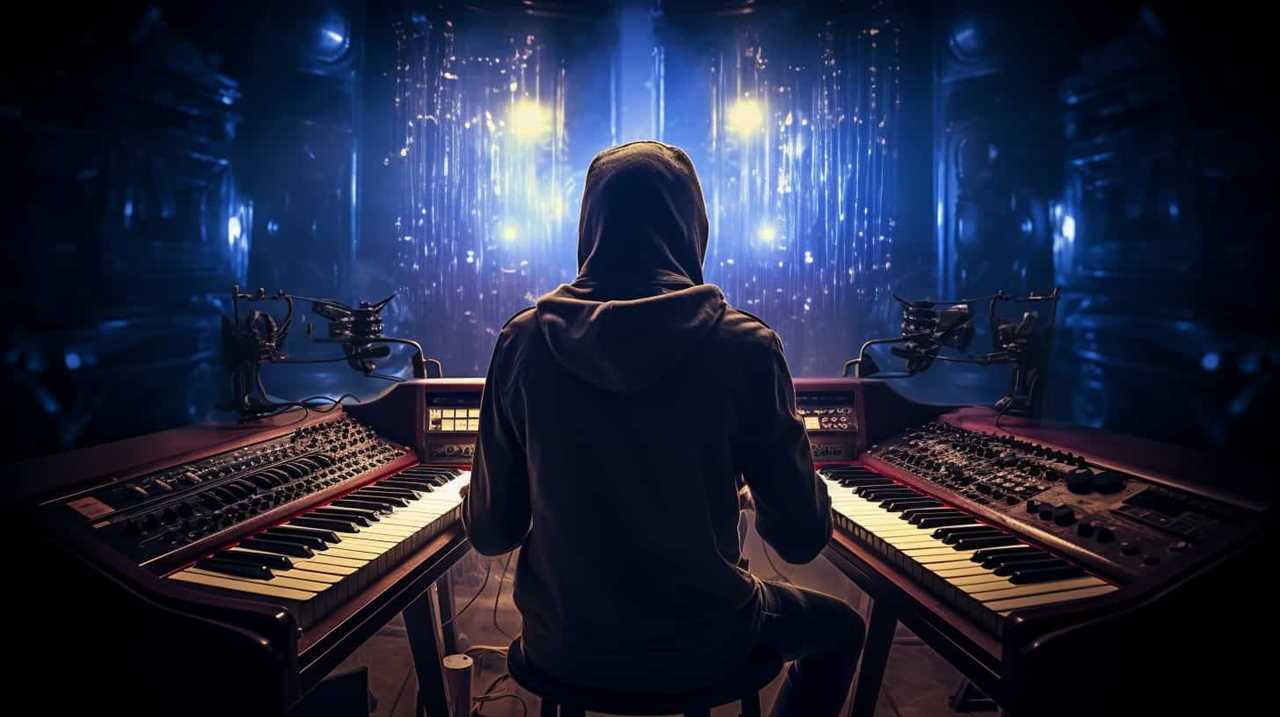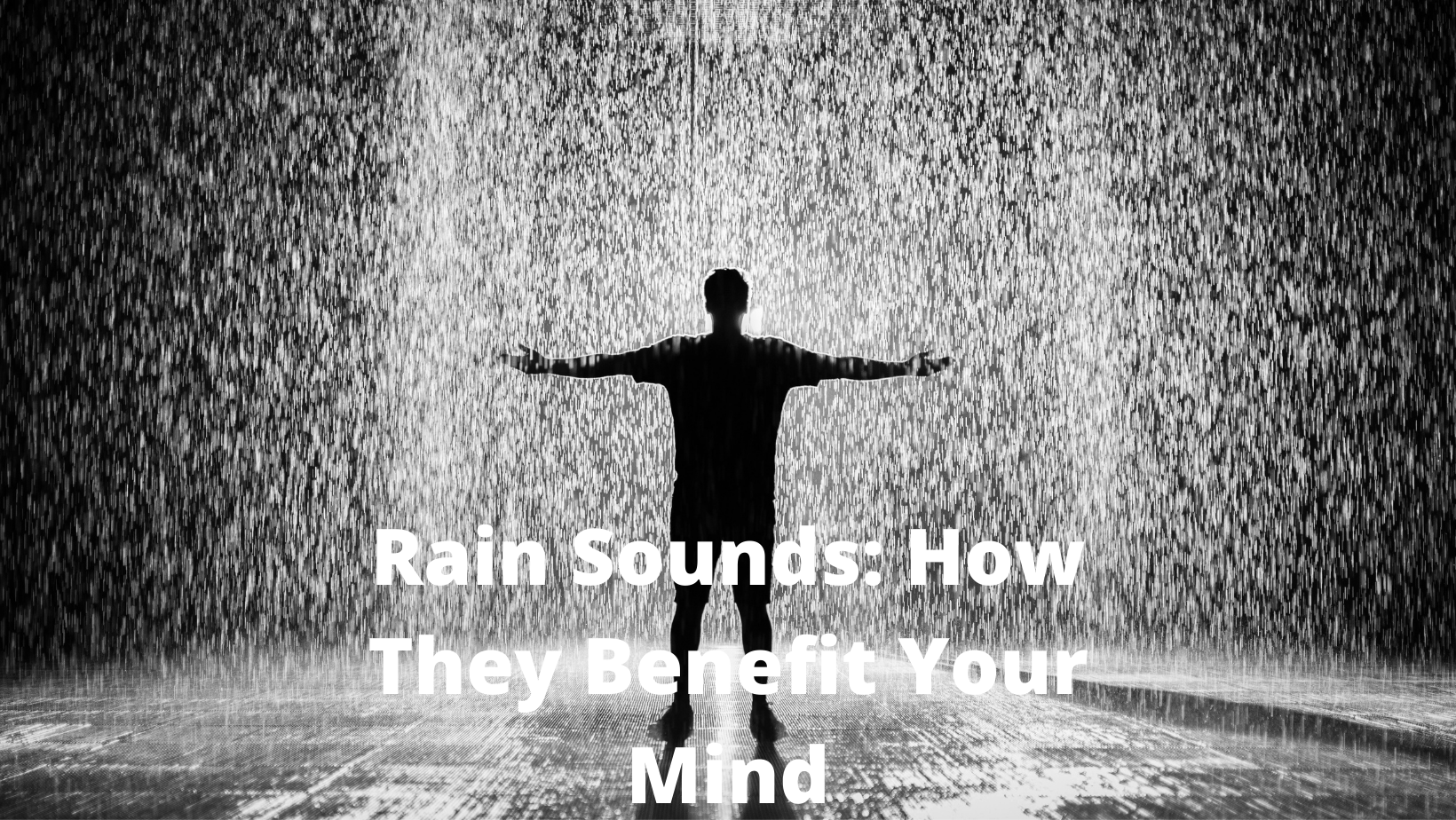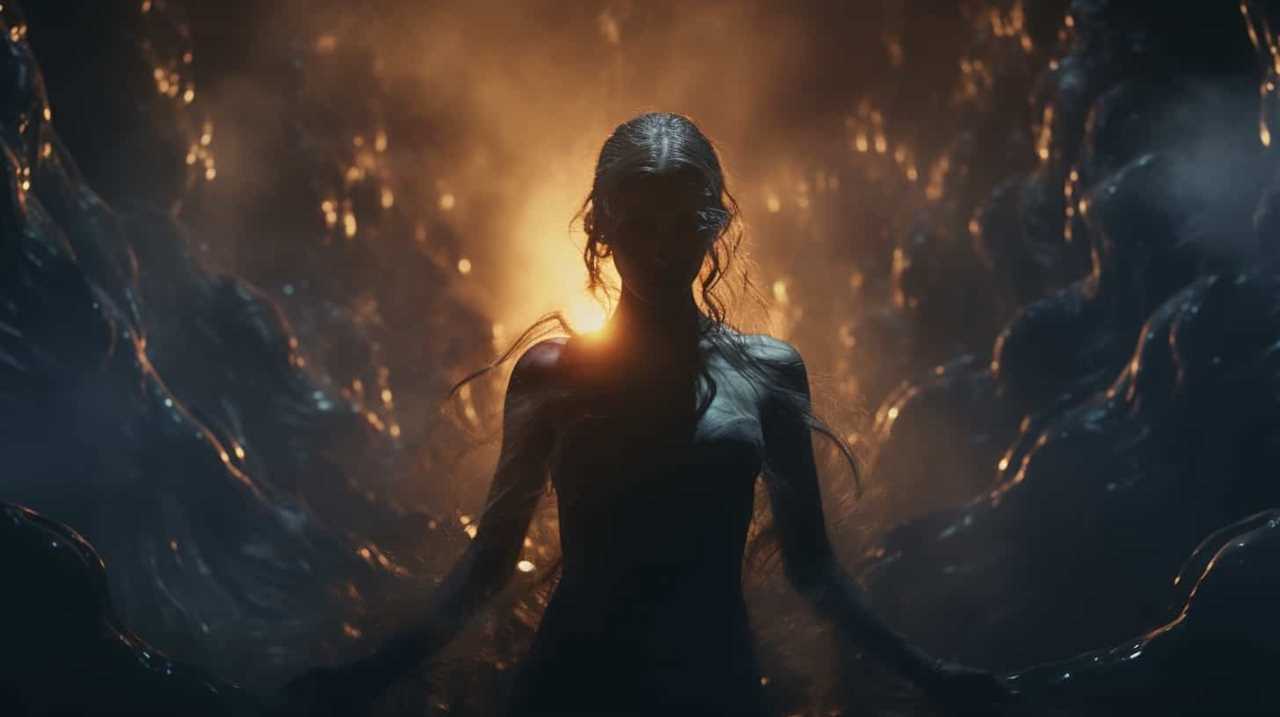We have discovered the secret to unlocking the haunting charm of dark ambient music. As we delved into this genre, it became evident that melody has the power to unleash shadows and create a unique atmosphere.
In this primer, we’ll guide you through the process of crafting a sound palette, embracing experimentation, and layering sounds to shape the perfect dark ambiance. Prepare to delve into the depths of musical innovation as we reveal the techniques behind this enigmatic art form.
Key Takeaways
- Dark ambient music composition is focused on exploring sonic textures and evoking emotions through sound.
- Creating a unique and otherworldly sonic experience requires selecting the perfect sound sources and blending organic and electronic elements.
- Dark ambient music embraces experimentation with unconventional sounds and noises to add depth and texture to compositions.
- Techniques such as recording and layering sounds, using effects and filters, and employing spatialization techniques are key to shaping the haunting and immersive atmosphere of dark ambient music.
Understanding the Essence of Dark Ambiance
What is the key to understanding the essence of dark ambiance? It lies in the exploration of sonic textures and the ability to evoke emotions through sound.
Dark ambient music is a genre that thrives on creating an atmospheric experience, transporting listeners to mysterious and ethereal realms. It’s a sonic journey that delves into the depths of our psyche, awakening dormant emotions and igniting our imagination.

Through the clever manipulation of soundscapes, dark ambiance has the power to captivate and inspire, offering a unique and innovative approach to music composition.
Crafting a Sound Palette: Selecting the Perfect Sound Sources
We carefully choose the instruments and samples to create our ideal sound palette for crafting dark ambient music.
-
Exploring sonic textures:
We delve into a vast array of sound sources, from synthesizers to found objects, to create a rich and immersive sonic landscape. -
Manipulating field recordings:
We capture the sounds of nature, urban environments, and everyday life, then manipulate and transform them into haunting and atmospheric textures.
-
Combining organic and electronic elements:
We blend organic sounds with electronic elements to create a unique and otherworldly sonic experience.
Embracing the Experimental: Exploring Noises and Unconventional Sounds
As composers of dark ambient music, our exploration of noises and unconventional sounds allows us to unlock new realms of creativity and innovation. By embracing experimental noise and venturing into unconventional soundscapes, we push the boundaries of traditional music composition.
These unique sounds add depth and texture to our compositions, creating an immersive and captivating experience for our audience.
Now, let’s delve into the next section, where we’ll explore the techniques for recording and layering these unconventional sounds to create layers of shadow.

Layers of Shadow: Techniques for Recording and Layering Sounds
How can we effectively utilize recording and layering techniques to create intricate layers of shadow in our dark ambient compositions?
-
Experiment with different microphone placements to capture a range of textures and nuances in the sound.
-
Use field recordings to add depth and realism to the composition, blending natural and synthetic elements.
-
Employ sound manipulation techniques such as time stretching and granular synthesis to transform and morph the recorded sounds into haunting, atmospheric textures.

Now, let’s delve into shaping the atmosphere: effects, filters, and the creation of dark ambiance.
Shaping the Atmosphere: Effects, Filters, and the Creation of Dark Ambiance
With the use of effects and filters, we can manipulate sounds to craft a haunting and immersive atmosphere in our dark ambient compositions. Effects modulation allows us to shape and transform our sounds, adding depth and complexity to our sonic landscapes. Spatialization techniques further enhance the immersive experience by creating a sense of movement and placement within the audio field. By harnessing these tools, we can create a truly captivating and otherworldly ambiance that pushes the boundaries of traditional music composition.
| Effects Modulation | Spatialization Techniques |
|---|---|
| Reverb | Panning |
| Delay | Surround Sound |
| Distortion | Binaural Recording |
| Pitch Shifting | 3D Audio |
| Granular Synthesis | Ambisonics |
Frequently Asked Questions
How Can I Effectively Use Silence and Negative Space in Dark Ambient Music Composition?
Exploring silence and embracing emptiness are essential elements in dark ambient music composition. By strategically incorporating moments of silence and negative space, we create a haunting and atmospheric experience for the listener.
These deliberate pauses allow the mind to wander and the imagination to fill in the gaps, resulting in a heightened sense of tension and anticipation. This innovative approach to sound design in dark ambient music opens up new possibilities for evoking emotions and captivating audiences in ways that conventional music genres cannot.

Are There Any Specific Techniques for Creating a Sense of Unease or Tension in Dark Ambient Music?
Creating tension and unease in dark ambient music is a delicate art. We’ve discovered that dissonant harmonies can be incredibly effective in evoking a sense of unease. By juxtaposing clashing notes and unconventional intervals, we create a dissonant atmosphere that keeps the listener on edge.
Additionally, utilizing unconventional sound sources, such as field recordings or manipulated samples, adds an eerie quality to the music. These techniques allow us to delve into the shadows and create a truly haunting auditory experience.
What Are Some Recommended Methods for Incorporating Field Recordings Into Dark Ambient Compositions?
When it comes to incorporating field recordings into dark ambient compositions, there are several recommended methods that can elevate the atmospheric quality of the music. One effective approach is to carefully choose and capture field recordings that align with the desired mood or theme of the composition.
Additionally, experimenting with different techniques for processing these recordings can further enhance their impact and create a unique sonic landscape. By skillfully blending these elements, dark ambient musicians can craft immersive and haunting compositions that push the boundaries of the genre.

How Can I Create a Sense of Depth and Spatiality in My Dark Ambient Tracks?
Creating immersive environments and utilizing layered textures are essential in creating a sense of depth and spatiality in our dark ambient tracks. By carefully crafting soundscapes with various sonic elements, we can transport our listeners to otherworldly realms.
Through the skillful combination of reverberation, panning, and careful placement of sounds within the stereo field, we can create a three-dimensional sonic experience that envelops the listener. This technique allows us to evoke emotions and provoke a sense of wonder in our audience, pushing the boundaries of traditional music composition.
Are There Any Specific Considerations for Mixing and Mastering Dark Ambient Music to Achieve the Desired Atmospheric Quality?
When it comes to mixing and mastering dark ambient music to achieve the desired atmospheric quality, there are indeed specific considerations to keep in mind.
Mixing techniques play a crucial role in creating the immersive and haunting atmosphere that defines this genre. By utilizing spatial effects like reverb and delay, we can enhance the depth and create a sense of otherworldliness in the music.

Mastering, on the other hand, allows us to refine the overall balance and clarity, ensuring that the atmospheric effects are properly showcased.
Conclusion
As we conclude our exploration of dark ambient music composition, we find ourselves immersed in a world of shadows and melody.
Like a painter with a canvas, the composer skillfully crafts a sound palette, embracing the experimental and layering sounds to create an atmospheric masterpiece.
With the use of effects and filters, they shape the ambiance, invoking emotions and unleashing the hidden depths of the human psyche.

Through this melodic journey, we discover that darkness can be a captivating and transformative force in music.










